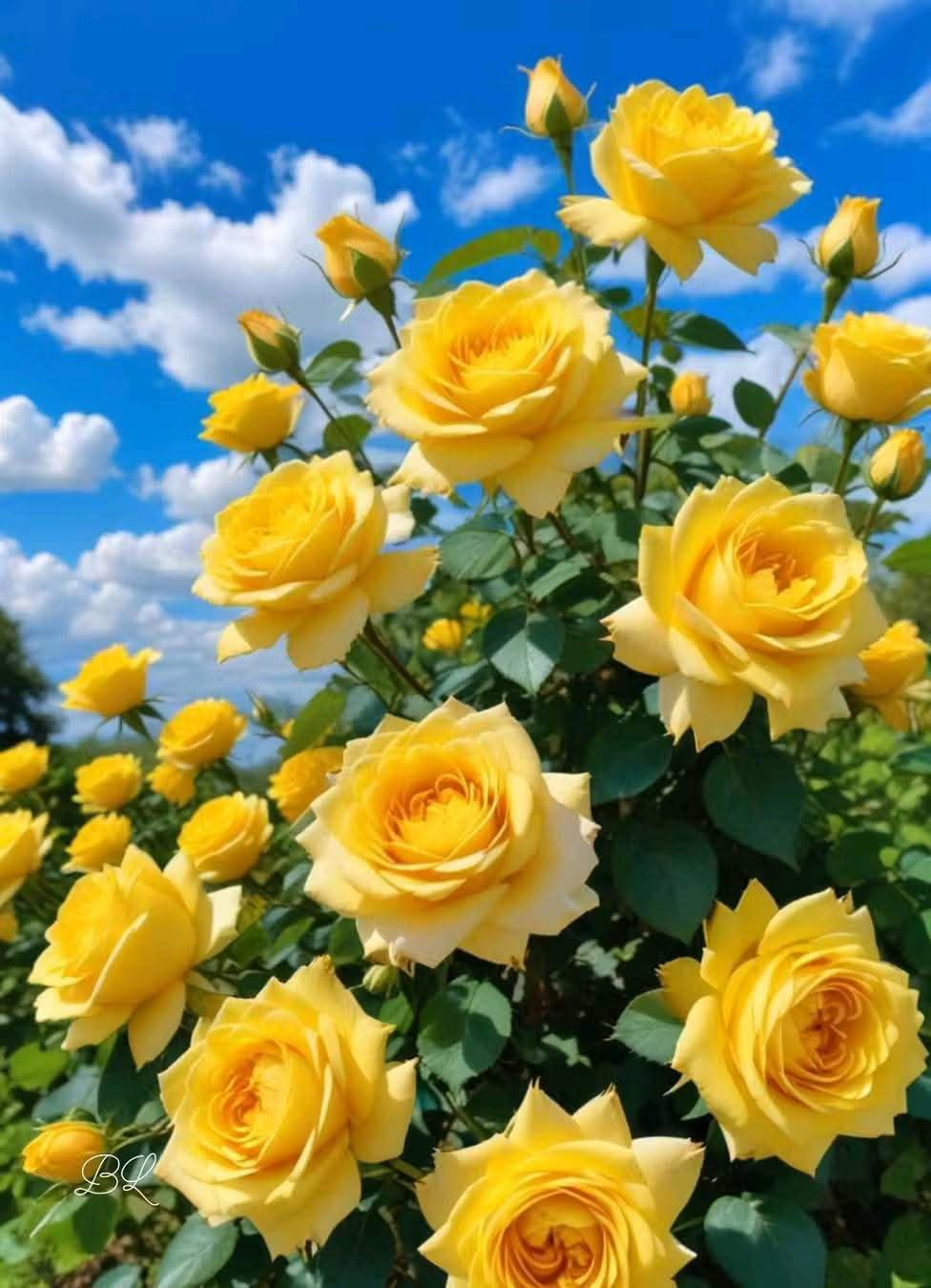The red rose has long been a symbol of love, passion, and admiration, captivating hearts across cultures and generations. With its deep crimson petals, velvety texture, and intoxicating fragrance, this classic flower is more than just a botanical marvel—it’s a universal language of emotion. Whether adorning a romantic bouquet, enhancing a garden, or standing proudly in a floral arrangement, the red rose remains a timeless favorite.
Why Red Roses Are So Special
From literature to art, red roses have been depicted as symbols of romance and devotion. Shakespeare famously wrote about them, poets have penned verses inspired by their beauty, and they have been exchanged as tokens of love for centuries. The deep red hue is often associated with deep emotions, making it the perfect flower to express love, respect, and admiration.
Beyond their symbolic value, red roses also hold horticultural significance. Their striking beauty, ease of cultivation, and ability to thrive in various climates make them a garden staple. Whether you’re a seasoned gardener or a beginner, growing red roses can be an immensely rewarding experience.
Growing and Caring for Red Roses
To ensure healthy, vibrant blooms, red roses require proper care and maintenance. Here’s everything you need to know about growing these stunning flowers.
- Light Requirements
✅ Full Sun: Red roses thrive in direct sunlight. They need at least 6-8 hours of full sun daily to produce abundant and vibrant flowers. If grown in too much shade, the plant may become leggy, with fewer blooms.
- Watering Needs
✅ Regular and Deep Watering: Red roses prefer consistent moisture but dislike waterlogged soil. The best approach is to water deeply once or twice a week, ensuring the roots receive enough hydration.
💡 Tip: Early morning watering is ideal as it allows excess moisture to evaporate, preventing fungal diseases.
- Soil Preferences
✅ Well-Draining, Nutrient-Rich Soil: These roses thrive in loamy, slightly acidic soil (pH 6.0-6.5). Adding organic matter like compost or well-rotted manure helps improve drainage and enhances soil fertility.
💡 Tip: Avoid heavy clay or sandy soils without amendments, as they can negatively impact root development.
- Temperature and Humidity
✅ Ideal Range: Red roses flourish in temperatures between 60-75°F (16-24°C).
✅ Moderate Humidity: They prefer moderate humidity levels but require good air circulation to prevent fungal diseases like powdery mildew or black spot.
💡 Tip: If you live in a humid climate, plant roses in an area where air circulates freely, and prune regularly to improve airflow around the plant.
- Fertilizing for Optimal Growth
✅ Balanced Fertilizer: Use a 10-10-10 fertilizer (equal parts nitrogen, phosphorus, and potassium) every 4-6 weeks during the growing season.
💡 Tip: Supplement with banana peels or Epsom salt (magnesium sulfate) for lush foliage and stronger blooms.
Pruning and Maintenance Tips
Regular pruning keeps red roses healthy, encourages strong growth, and promotes more blooms.
- When to Prune
✂️ Late Winter or Early Spring: This is the best time to prune dormant roses, shaping the plant and removing dead or weak stems.
✂️ Deadheading: Remove spent blooms throughout the season to encourage continuous flowering.
💡 Tip: Always use sharp, sterilized pruning shears to avoid spreading diseases.
- Common Pests and Diseases
Like all roses, red roses are susceptible to pests and fungal infections.
🚨 Common Pests:
Aphids
Spider mites
Japanese beetles
🚨 Common Diseases:
Powdery mildew
Black spot
Rust
💡 Prevention Tips:
Apply neem oil or insecticidal soap to control pests naturally.
Ensure proper spacing and air circulation to reduce fungal infections.
Use mulch around the base to retain moisture and prevent weeds.
Symbolism and Uses of Red Roses
- Love and Romance
🌹 A Symbol of Passion: Red roses are the quintessential romantic flower, often given on Valentine’s Day, anniversaries, and weddings.
🌹 Love Languages: In floriography (the language of flowers), different numbers of red roses convey different messages:
1 rose = “Love at first sight”
3 roses = “I love you”
12 roses = “Be mine”
50 roses = “Unconditional love”
- Cultural and Historical Significance
🌍 Red roses have been revered across various cultures and traditions.
Ancient Greece & Rome: Associated with Aphrodite and Venus, goddesses of love.
Victorian Era: Used to secretly express emotions when verbal communication was restricted.
- Uses Beyond Aesthetics
🌿 Perfumes & Essential Oils: Red roses are widely used in luxury fragrances and skincare.
🍵 Tea & Culinary Delights: Rose petals and rose water are used in desserts, syrups, and teas.
How to Display Red Roses
Whether grown in a garden or cut for floral arrangements, red roses enhance any space with their beauty and fragrance.
- In Gardens
🌹 Plant in flower beds or along walkways for an elegant, romantic touch.
🌹 Combine with white or pink roses for a stunning contrast.
- In Bouquets
🌹 Pair with baby’s breath for a classic romantic arrangement.
🌹 Mix with deep greens like eucalyptus for a modern look.
Final Thoughts: The Everlasting Charm of Red Roses
The red rose is not just a flower—it’s an icon of love, beauty, and passion. Whether you grow them in your garden, gift them to a loved one, or admire them in floral arrangements, their elegance is unmatched.
By following proper care techniques—sunlight, watering, fertilization, and pruning—your red roses will bloom vibrantly, bringing joy and beauty to your surroundings.
So, if you’re looking for a flower that transcends time and speaks the language of love, the red rose is the ultimate choice.
🌹✨ #RedRoses #GardenLovers #FloralBeauty
